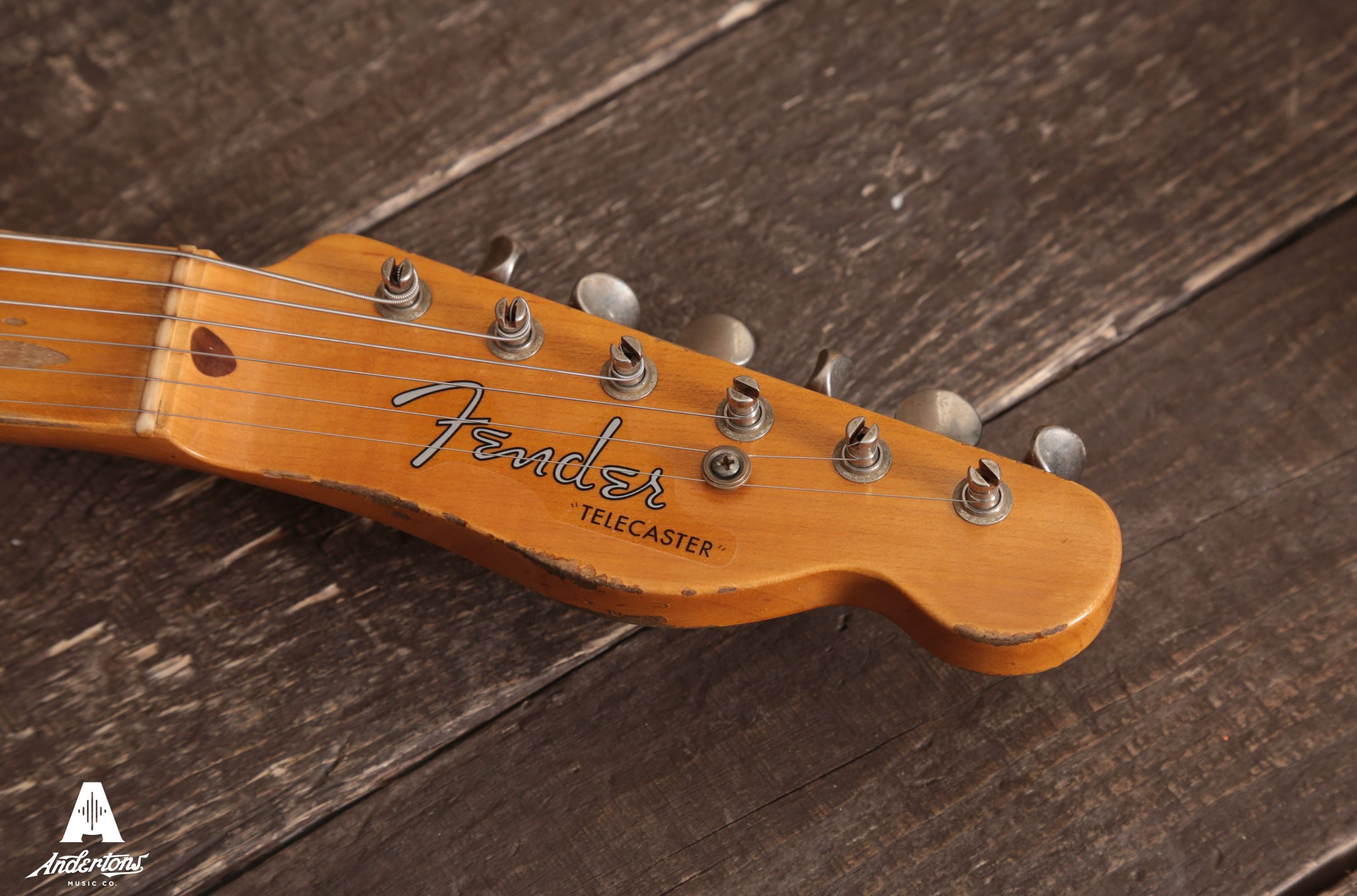Some guitarists like their instrument to look beaten up straight out the box. Let’s take a closer look at the unusual concept of relic guitars…
If you can’t tell the difference between a relic and a genuine road-worn guitar, it’s a job well done on behalf of the builder. Relic guitars are made to look worn, scratched, chipped and tattered even though they’re brand new.
A relic guitar finish, otherwise known as an ageing or distressing process, varies in outcome like any other hand-designed guitar feature. They can range from light discolouration and a couple of paint nicks to full-on stripped woods and rusty hardware – and anything in between. All components used to make relic guitars are fresh off the workshop bench despite their antiquated appearances.
Relic guitars require a nitrocellulose lacquer coat of protection in order to get the desired distressed effect. Its soft texture allows the guitar finish to crack and peel far easier than modern polyester or polyurethane.
A lot of relic guitars are built in custom shops, meaning the buyer gets to choose the degree of the wear and tear on top of all other required specs such as woods, hardware and electronics.

Why would you want a relic guitar?
Scratches are the battle scars of a used guitar. But most players wouldn’t dare submit their shiny, pristine instrument to that kind of inconsistent damage – especially when there’s such a fine line between a classy job and a clumsy mess.
Just like any other finish, relic guitars have a unique look many a musician would love to own – be it a fancy figured top wood, bold solid colour or transparent coat. It’s a stylistic guitar choice resembling the result of years of playing.







Responses & Questions